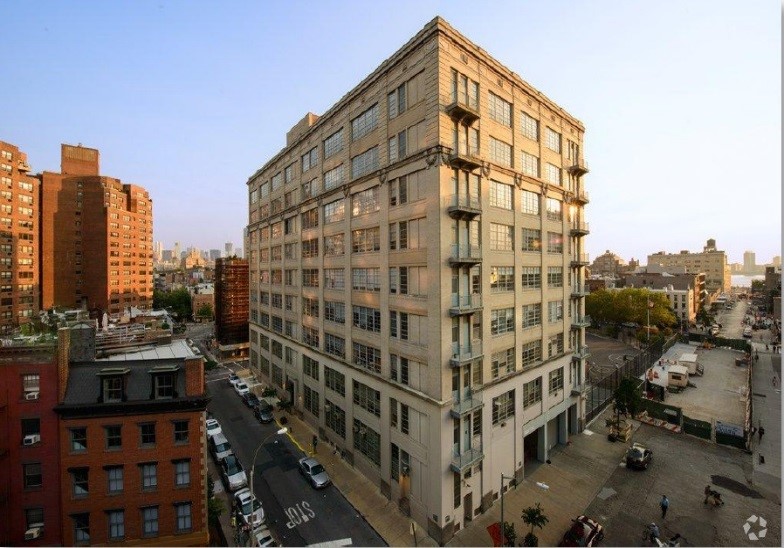“A move to 4 World Trade Center is a proud moment for our agency,” said Lynn Casey, the chair and chief executive officer of PR agency PadillaCRT, in prepared remarks. “This building and the forward-thinking artistry of Silverstein Properties is synonymous with our agency’s vision and commitment to doing business in this great city.” Casey was commenting on a new lease the public relations company had just signed, which will lead to its relocation from 320 West 13th Street.
Why would a modern media company relocate Downtown from its current hip location near the fashionable Meatpacking District?
Plus: TAMI on FIRE in New York | Today’s Madison Avenue
First, a little history.
After the Revolutionary War, a virtually bankrupt New York City needed cash from wherever it could get it. The city had inherited a huge tract of land, the Common Lands, from the British between what is now 23rd Street on the south, 90th Street to the north and the present Second and Seventh Avenues to the east and west. The city needed to sell the land. The only trouble: There were other property owners with land outside the Common Lands who needed to acquiesce to the city’s wishes to sell the land and prepare for its future growth. In 1807, the Common Council of New York City persuaded the state government in Albany — nothing much has changed — to pass an Act that gave three commissioners four years to come up with a plan to expand the city, sell the Common Lands and “deal” with other property owners in order to carry out its wishes.
Also: The top 5 law firm trends you didn’t see coming | WeWork raises the bar for workplaces
The result was the grid we are so familiar with today: It started at 1st Street and went up to 155th Street, connecting the two rivers to the east and west with avenues which traversed south to north, numbered First through Twelfth.
(New York City Municipal Archives)
The Act and the plan gave New York City carte blanche to sell the Common Lands, hack its way through hills of schist, bury streams and cajole property owners to straighten their boundaries in order to lay out the symmetrical streets and avenues. This, in turn, eased construction (because right angles are easier to build on than amorphous shapes) and enabled New York to quickly accommodate its rapid growth from a backwater to one of the world’s greatest cities.
View looking up Second Avenue from 42nd Street in 1861 (Egbert L. Viele)
So, after the city’s leaders went to so much trouble to sell the land and lay out the grid that comprises much of modern-day Midtown and Midtown South, why are companies like PadillaCRT, Conde Nast, Time Inc., Group M Advertising and Media Math moving Downtown?
There are actually very practical reasons for this.
First, there are a lot of new state-of-the art buildings (for example, the column-free 4 World Trade Center) or others built in the 1980s that have undergone modernization (like Brookfield Place, the former World Financial Center) Downtown.
4 World Trade Center (CoStar)
The second major reason is economic: The asking rent at PadillaCRT’s current building, which was built 103 years ago and is now undergoing renovations, is $120 per square foot. At 4 World Trade Center, the starting rent is, after incentives, in the high $60s per square foot — not to mention low real estate taxes and a 25 percent discount on electricity. Extensive residential development Downtown helps also.
320 W 13th Street, renamed 2 Gansevoort Street (CoStar)
There is no doubt that the 1807 commissioners would have been surprised to see these relocations to the hodge-podge of streets “Below the Grid.” It seems that, at the end of the day, the cost and efficiency savings outweigh the benefits of great amenities and right angles.
A lawyer by training and background, Richard is Executive Director of Colliers International in New York. For the last 20 years he has advised corporate tenants globally on how to avoid the pitfalls that landlords lay in store for them. When not working with clients or thinking of innovative ways to assist them, Richard spends his time immersed in history, theater, travel and reading. Connect with Richard on Twitter.

 Colliers Insights Team
Colliers Insights Team





